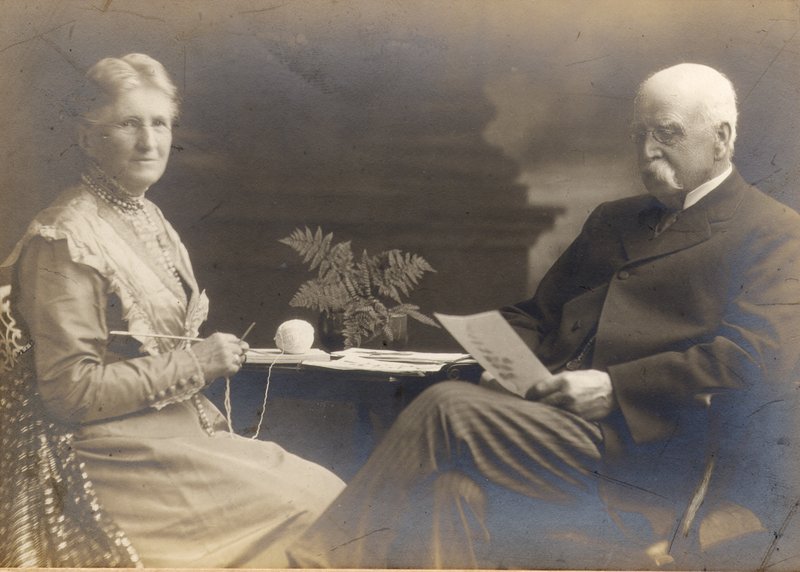Look how far we have come in the race to end leprosy
In 2024, an Olympic year, we mark our 150th anniversary. The baton to end the world’s oldest disease is now with a new generation. And we are running the race with more tools and knowledge than ever before.
The earliest evidence of leprosy dates to 4,000 years ago. We read in the Gospels of how Jesus cured people with this disease during his time on earth. Leprosy should no longer exist in the 21st century, as there has been an effective antibiotic cure since 1982. Yet because we live in an unfair world, this disease continues to blight millions of lives today. The communities are affected are some of the poorest and most marginalised on the planet.

Our teams and supporters around the world are calling on governments, philanthropic organisations, and individuals to join the race to end leprosy.
For most of our history, there was no cure for leprosy. Peter Waddup, our Chief Executive, says, “All those who went before us could do was offer love and practical care for those who had been cast out by their families and communities.
"Yet today, as well as an effective cure, we have a diagnostic test and do contact tracing. We can detect and cure leprosy in family members before they develop disabilities. There are also scientific advances in the pipeline that will hugely accelerate the race to stop transmission. We have better ways to heal ulcers, and world-class reconstructive surgeons help transform the lives of people disabled by leprosy. Crucially, there is a new generation of people affected by leprosy who are empowered to fight for their rights.
"Arm in arm with communities affected by leprosy, we want our 150th anniversary to be a launchpad to a world where no one is affected by the disease again. No one should live with a preventable disability caused by leprosy in this day and age. And no one should face discrimination just because they have this disease.
"The fight to end leprosy has never looked more hopeful. This is thanks to the incredible compassion and generosity of supporters. This disease has haunted this world for too long. We believe that, with the right backing from governments, we can end leprosy. And we are better equipped now than ever before to do so.”
The lives of the founders of The Leprosy Mission, Wellesley and Alice Bailey, show that it takes a partnership to change the world.

Wellesley and Alice were an ordinary couple raised during the potato famine in Ireland
Yet their lives became extraordinary when they followed a calling to help people suffering with a mysterious disease in India. Of course, there was no cure for leprosy then. But they did whatever they could to help these ostracised people living in terrible poverty.
They were devastated when they had no option but to return to Ireland because of Alice’s failing health. But it was this change in circumstances that birthed The Leprosy Mission! On their return to Dublin the couple were asked to give talks about their time in India. A family friend volunteered to raise money so that they could help more people. From humble origins, the charity has since cured and transformed the lives of millions of people.
Peter says, “This story demonstrates that whether it is a surgeon restoring movement to limbs disabled by leprosy, or an elderly couple giving a couple of pounds when they can - together we are an incredible force for good.
"Looking back at The Leprosy Mission's history, we stand on the shoulders of giants. There are some incredible Leprosy Mission stalwarts. These include our wonderful late patron Diana Princess of Wales. Princess Diana made huge strides in destroying the stigma surrounding leprosy. She very publicly held the hands of leprosy patients, photographs of which were splashed across front pages globally.
“Yet it is the amazing stories of dedication and self-sacrifice among our supporters that touch me the most. I wish I could take each one to Asia and Africa, showing them the difference they are making to people every day."